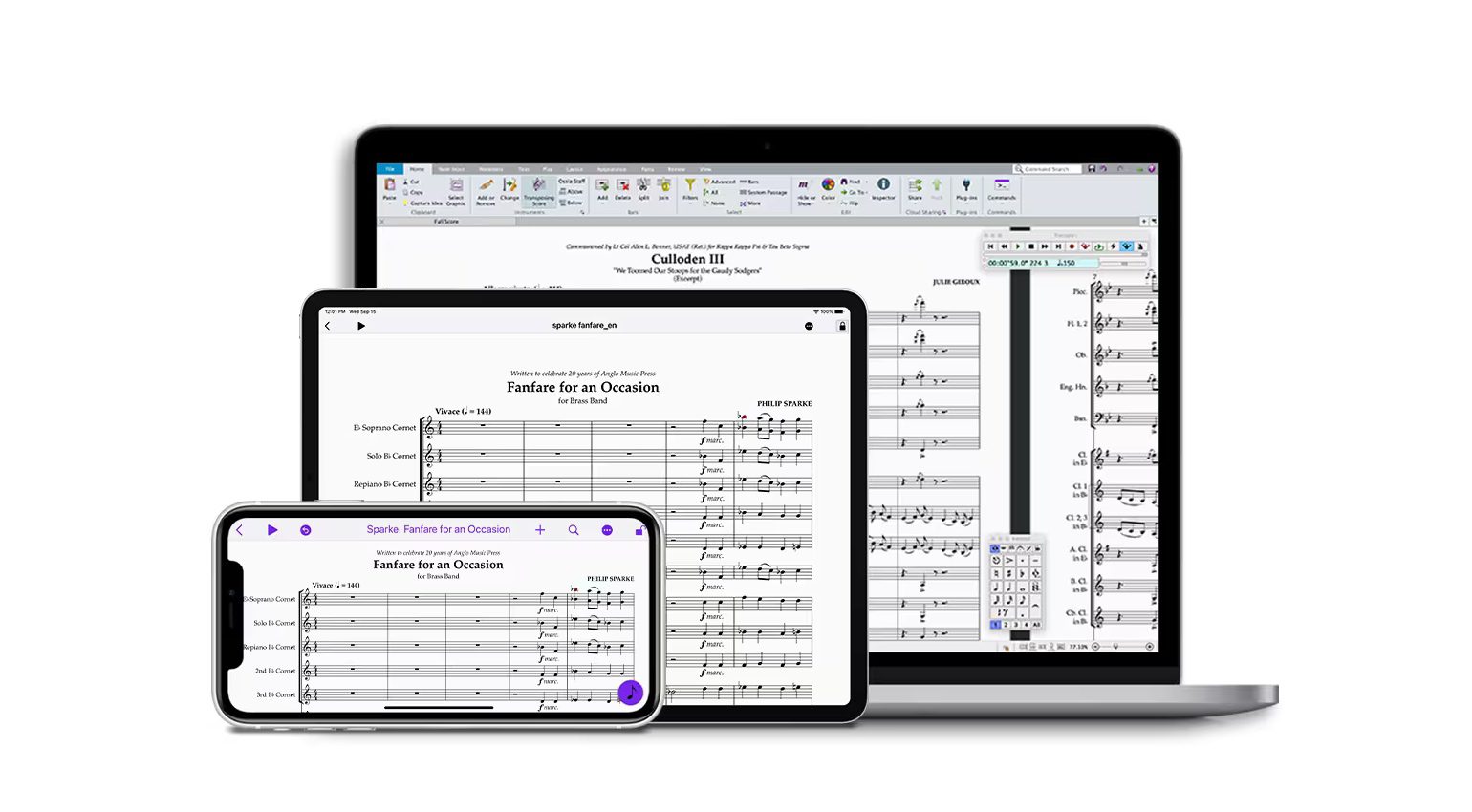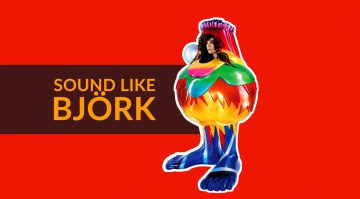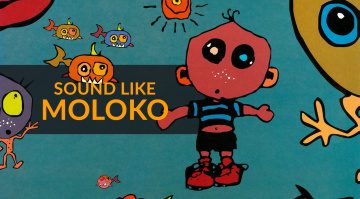Vikingtronica: How to sound like Björk
Björk’s unique approach to both the visual and musical aspects of her artistic output makes her stand out, even in today’s musical landscape.
The musical journey of Björk Guðmundsdóttir began when she recorded an album as a child aged only 11 after a broadcast of a school recital generated interest from a local label.
In the early-1980s she made an impact as a punk rock singer with bands like Tappi Tíkarrass and The Sugarcubes, the latter of which gained international recognition with their debut album Life’s Too Good (1988).
However, the Björk known by most of us began to form her own identity as an artist shortly after moving to London in 1992. Her first two albums were comprised of songs she had written up until this point, reimagined in a new electronic style that caught on quickly.
The sound of Björk
By her third album Homogenic (1997) her creative process had evolved, always embracing new technology while simultaneously becoming more adventurous as an artist.
Let’s take a look at some of the interesting studio tools and instruments she used along the way:
Yamaha QY20
When it came to creating demos, the portable Yamaha QY20 sequencer was Björk’s favourite tool in the mid-1990s. Although it may be rather clunky by today’s standards, the QY20 was somewhat revolutionary at the time, allowing many artists and producers to create musical ideas while riding London’s tube system.
It has 3 operating modes, including Voice, Pattern, and Song. While Voice mode allows you to play the internal sounds, Pattern mode allows the creation of accompaniment patterns, and you have 32 sequencer tracks in Song mode. In addition, the MIDI I/O makes it possible to sequence additional instruments in studio.
She later also used the SU10 portable smaller, so the Björk of today would likely select something like a 1010music Blackbox, which can sequence your ideas and create and manipulate sounds with its extensive sampling engine.
- More about Yamaha


Casio SA-10
Another quirky addition to Björk’s home studio was the Casio SA-10 which came standard with Wham’s Wake Me Up Before You Go-Go as its demo song.
This portable arranger keyboard featured 4-note polyphony with 100 preset tones, 19 Auto-rhythms, and 13 Super Accompaniment Patterns.
While it might not be the most advanced sequencer, the SA-10 provided a quickly accessible range of sounds and patterns long before we had Kontakt libraries with endless soundbanks.
If, like Björk, you like to get creative out in nature, there isn’t an instrument with quite the same creative feature set as the Teenage Engineering OP-1 Field.
- More about Casio


Sibelius
As Björk’s passion grew for orchestral arrangements, she began using Sibelius to create the more expansive compositions you can hear on Vespertine (2001).
Sibelius is a powerful orchestration tool that allows you to create realistic-sounding arrangements that you can use as references for subsequent recording sessions.
You can also create detailed sheet notation for orchestras, to ensure your ideas translate accurately when played by live musicians.
These days, you can even use Avid Sibelius on your iPad or iPhone, which provides immediacy for your ideas.
- More about Avid


Melodyne
Melodyne is mostly used as a corrective tool for pop vocals, but Björk found ways to use it creatively in her production and composition workflows.
Vocal harmony is such a key aspect of this process, so Björk used Melodyne especially on Vulnicura (2015) to vary and structure 5-part harmonies as well as to convert vocal lines into MIDI to be orchestrated for other instruments.
Celemony Melodyne can be used as a standalone application or as a plug-in within a DAW environment, so it offers flexibility to work with vocals, strings, guitars, synths, and any other tonally-based instrument.
- More about Celemony


Roland D-50
The Roland D-50 was still very much en vogue when Björk was creating her early material. As Roland’s answer to the DX-7, the D-50 was a digital linear synthesizer with virtual analogue workflow and sounds designed by Spectrasonics founder Eric Persing.
Released back in 1987, it was groundbreaking in many ways, providing a more affordable solution to access high-end sampler keyboard-style sounds.
You can hear the unmistakably digital sounds from the D-50 on some of Björk’s early tracks, including Violently Happy from the Debut (1993) album.
If you want D-50 sounds today, the Roland Cloud D-50 is a quick way to access them in your DAW.
- More about Roland


Which of your favourite artists would you like to see in our Sound-alike series? Please let us know in the comments below!
More about Björk:
Videos:
*Note: This article contains affiliate links that help us fund our site. Don’t worry: the price for you always stays the same! If you buy something through these links, we will receive a small commission. Thank you for your support!
- Yamaha QY20: Yamaha
- Casio SA-10: Casio
- Avid Sibelius: Avid
- Celemony Melodyne: Celemony
- Roland D-50: Roland
 3,5 / 5,0 |
3,5 / 5,0 | 















